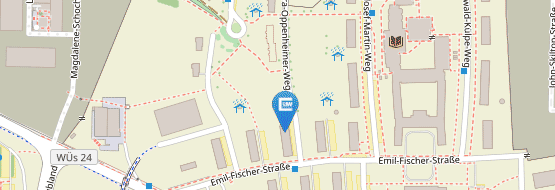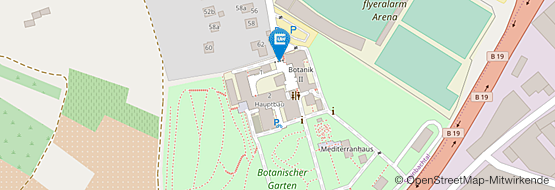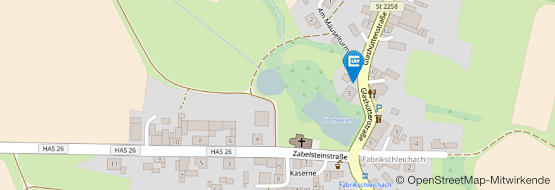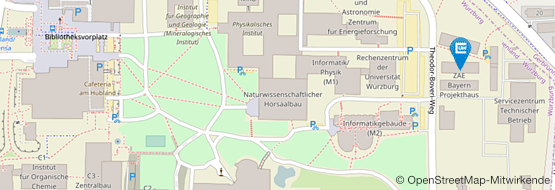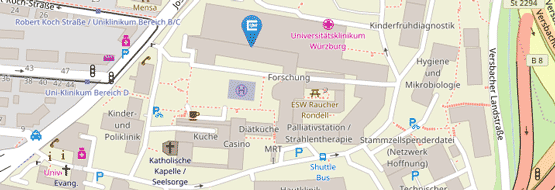Methylene blue- and thiol-based oxygen depletion for super-resolution imaging
15.02.2013Philip Schäfer , Sebastian van de Linde , Julian Lehmann , Markus Sauer , and Sören Doose Anal. Chem., 2013, 85 (6), pp 3393–3400
Publication Date (Web): February 14, 2013
Anaerobic conditions are often required in solution-based bionanotechnological applications. Efficient oxygen depletion is essential for increasing photostability, optimizing fluorescence signals, and adjusting kinetics of fluorescence intermittency in single-molecule fluorescence spectroscopy/microscopy, particularly for super-resolution imaging techniques. We characterized methylene blue (MB)- and thiol-based redox reactions aiming at designing an oxygen scavenger system as alternative to the established enzyme-based oxygen scavenging systems or purging procedures. Redox reactions of the chromophore methylene blue in aqueous solution, commonly visualized in the blue bottle experiment, deplete molecular oxygen as long as a sacrificial reduction component is present in excess concentrations. We demonstrate that methylene blue in combination with reducing compounds such as β-mercaptoethylamine (MEA) can serve as fast and efficient oxygen scavenger. Efficient oxygen scavenging in aqueous solution is also possible with mere β-mercaptoethylamine at mM concentrations. We present kinetic parameters of the relevant reactions, pH-stability of the MB/MEA-oxygen scavenging system, and its application in single-molecule based super-resolution imaging.




